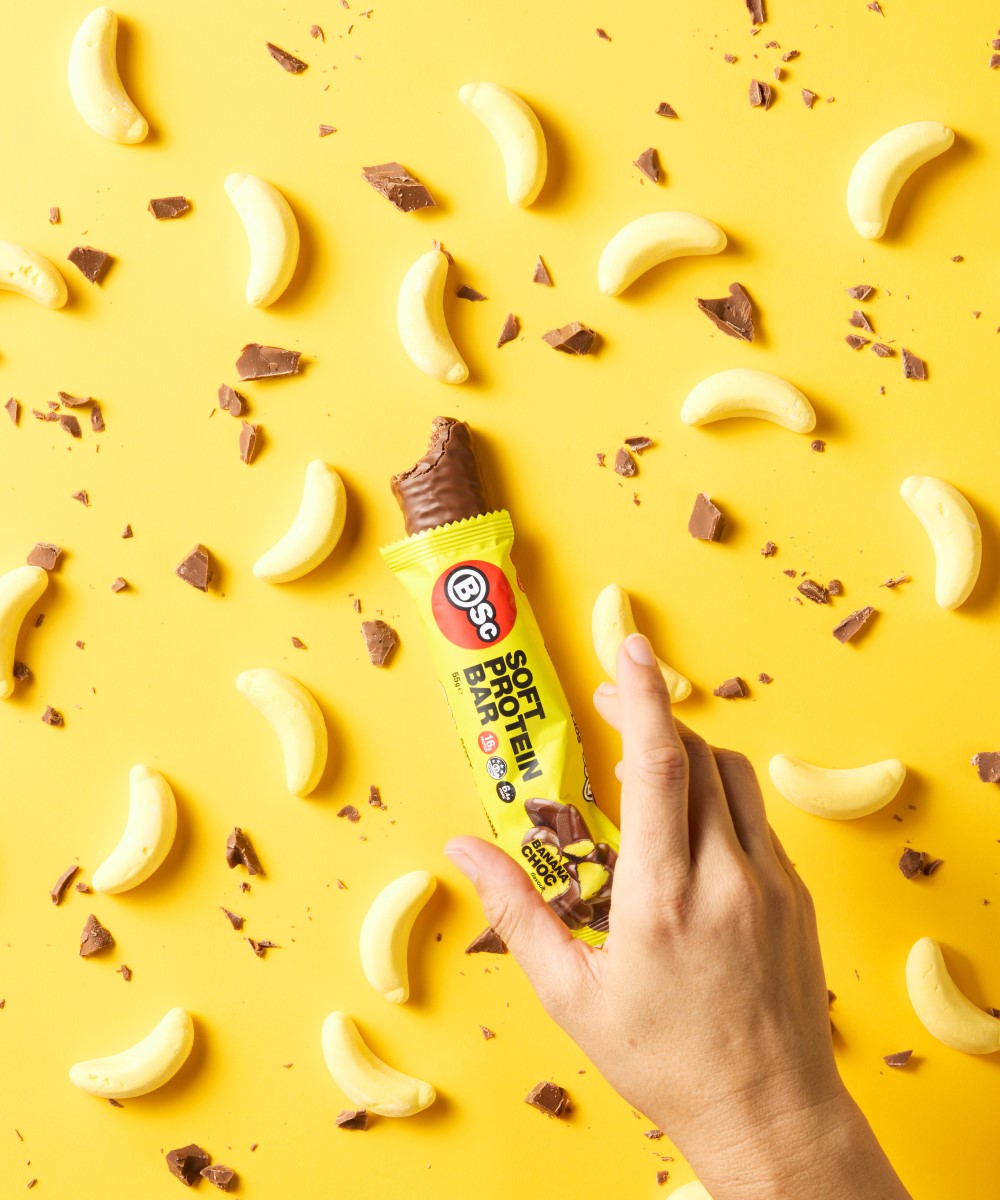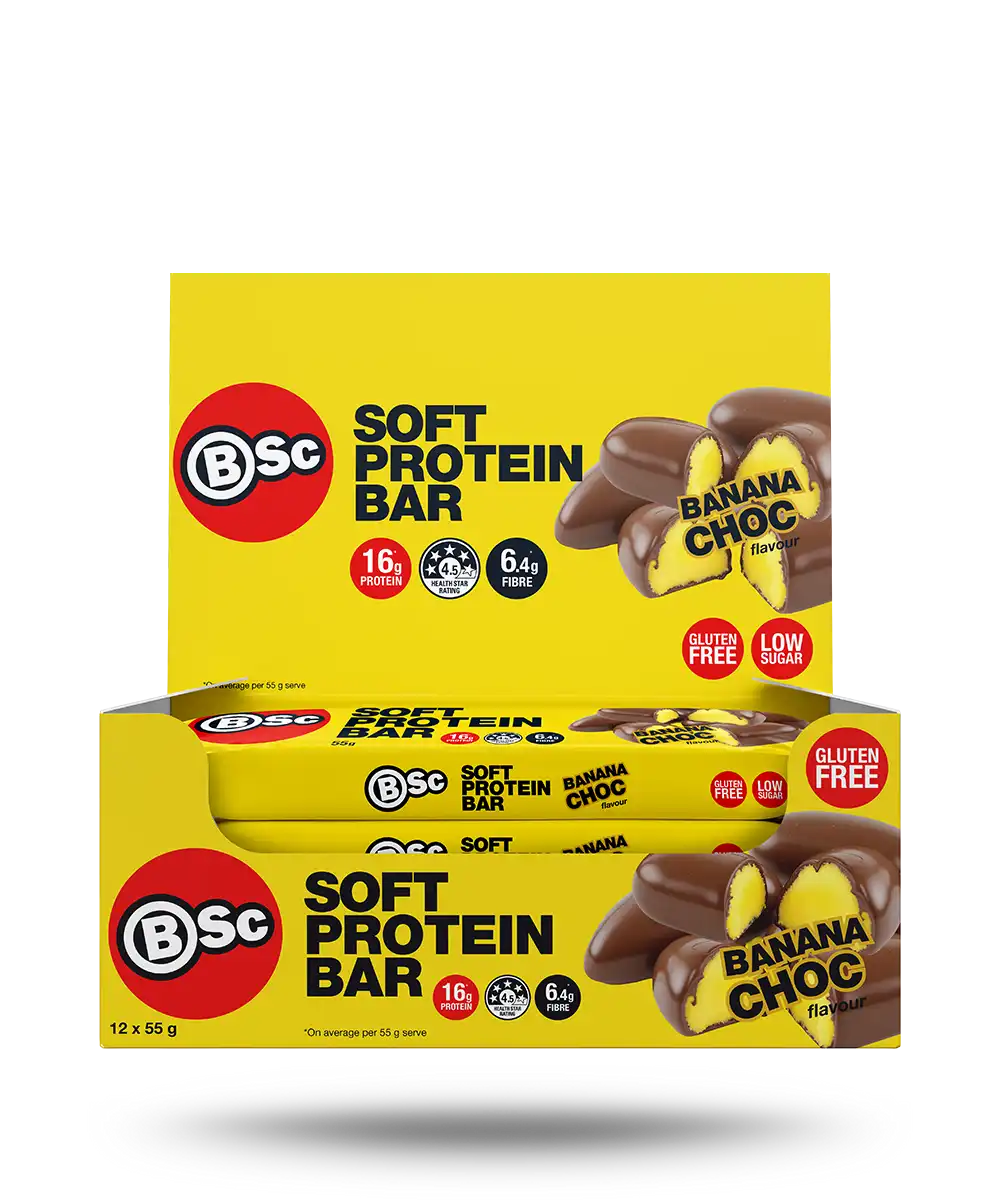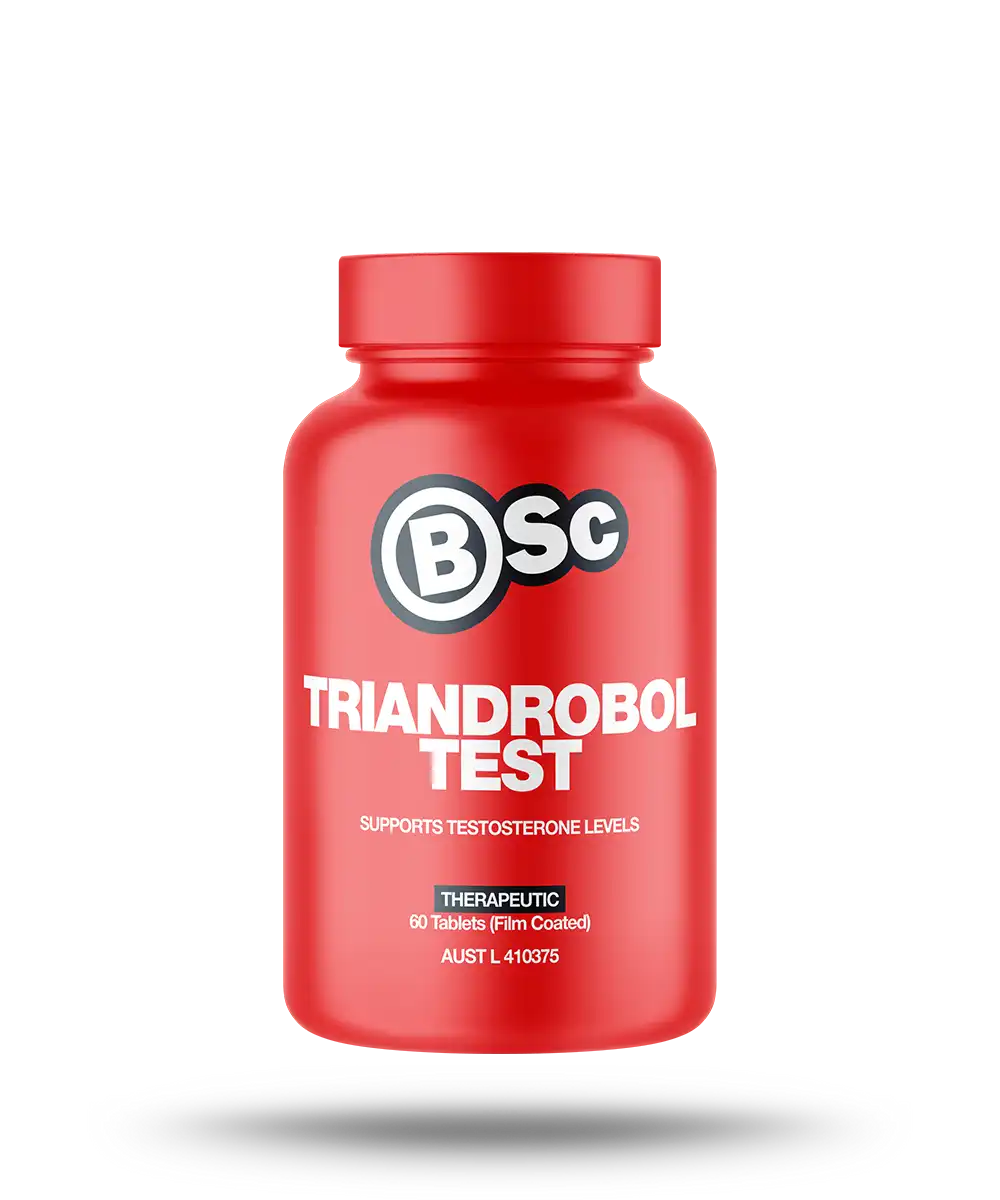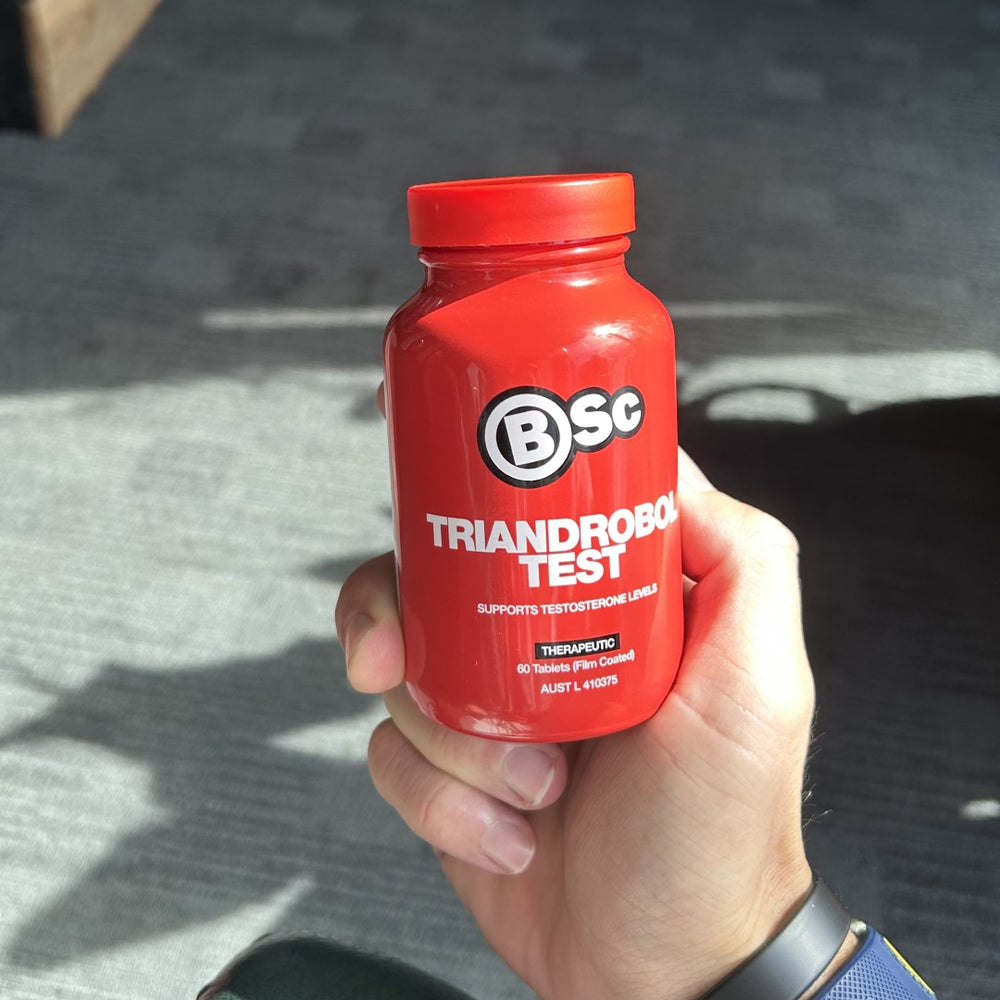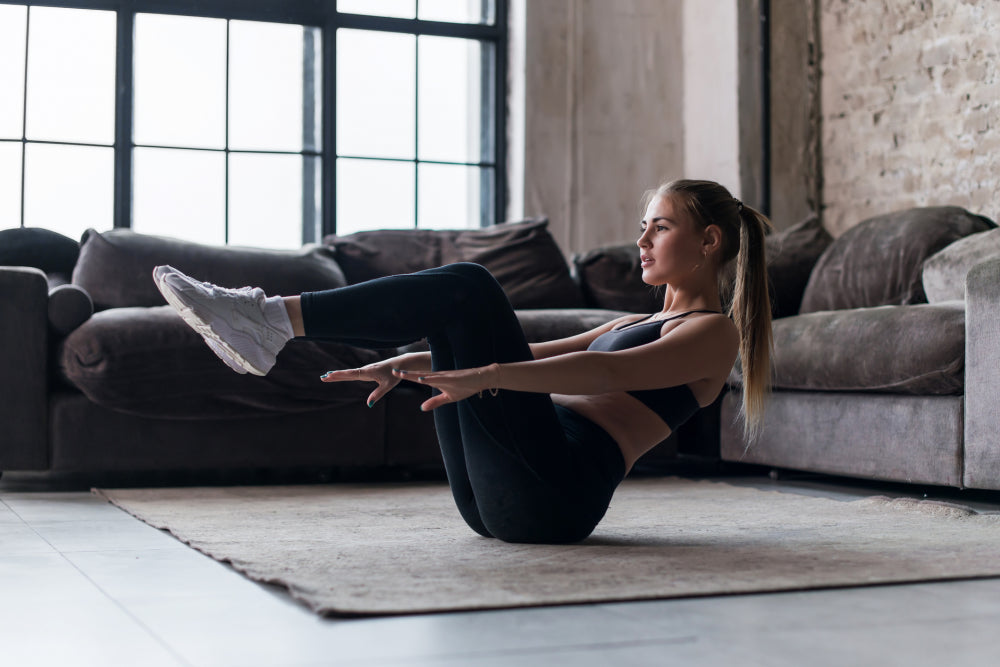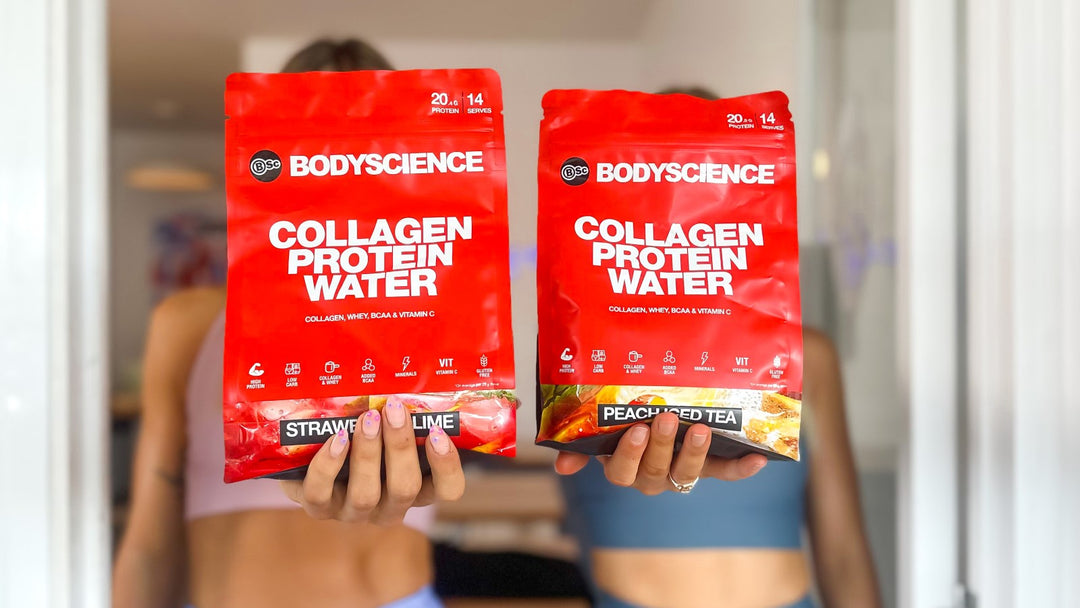Losing belly fat is a common goal when it comes to weight loss. if you’re spending hours doing crunches and sit-ups wondering why your abs still haven’t shown through, you’re not alone.
Unfortunately, there’s a lot of misleading information out there about fat loss and spot reduction (given spot reduction isn’t actually a thing). so, do sit-ups burn belly fat? Spoiler alert: nope, and in this guide we explain why. We also share science-backed tips on what will actually help you lose belly fat and tone those abdominal muscles.
DO SIT-UPS AND CRUNCHES BURN BELLY FAT?
The short answer is no; sit-ups and crunches, or any abdominal exercise for that matter, does not burn belly fat.
However, abdominal exercises can help to tone the belly. Sit-ups and crunches are particularly effective for strengthening the core and toning the rectus abdominus, transverse abdominus, and oblique muscles.
Unfortunately, in a misguided effort to burn belly fat, many people over-engage in abdominal exercises. Excessive crunches and sit-ups can actually put stress on the lower back and neck, leading to injury.
SIT-UPS OR CRUNCHES: THE SCIENCE BEHIND THE EXERCISES
Forget what you heard about that miracle machine, exercise, gadget, or gizmo designed to rid you of belly fat once and for all.
Put simply, targeted fat loss — also known as spot reduction — isn’t possible. This fact is widely backed by scientific studies.
For example, a 2011 study followed 24 participants over a 6-week training period. They were split into two groups. The first group completed 7 abdominal exercises (2 sets of 10 repetitions), while the control group did not complete abdominal exercises. All participants followed the same diet through the study. The study found that while the exercise group experienced increased muscular endurance compared to the control group, they did not lose any more belly fat than the control group.
Another study followed 40 overweight or obese women for a 3-month period. All followed the same diet. One group combined this diet with abdominal training, while the control group only followed the diet. Both groups experienced weight loss, but there was no significant difference in belly fat loss between the two groups.
So, if sit-ups and crunches don’t burn belly fat, what does?
HOW FAT BURNING WORKS

The only way to lose fat from the belly is to reduce fat from the entire body.
Think of your abdominal muscles as a window, and the layer of fat that covers your abs as a curtain.
You won’t be able to see the ‘window’ until you remove the ‘curtain’. To shed the curtain, you need to burn calories.
Sit-ups and crunches are very small movements that strengthen a group of muscles, but because the muscle group is small, working them doesn’t burn enough calories to promote fat loss.
To burn calories, we need energy. Our bodies source energy from fat, carbohydrates, and protein; which source your body draws from will depend on the activity you’re doing and the food you’re consuming.
Many people assume that using fat for energy means more fat loss. However, using fat as your energy source doesn’t necessarily mean losing more fat.
What matters is how many calories you burn, and ultimately the harder you workout, the more calories you’ll burn.
To burn calories and therefore lose fat, our body temperature needs to increase — this triggers our metabolism. Working a small muscle group, such as the abdominal muscles, doesn’t generate enough heat for fat burning to begin.
In other words, if the muscle group you’re working is small, the amount of heat being generated will be small, too.
So, exercise that creates heat in the body — think running, HIIT training, and dancing — burns more calories and promotes overall fat loss.
WHY IT’S IMPORTANT TO MAINTAIN A HEALTHY BELLY FAT PERCENTAGE
There are two types of fat in our bodies: subcutaneous fat and visceral fat.
Subcutaneous fat sits just below the skin, meaning you can grab it with your hand.
Visceral fat, which is also known as abdominal fat, lies deeper in the stomach. It wraps around our abdominal organs and can directly impact our health. For example, the amount of visceral fat we have can affect how our bodies respond to insulin, and can cause our blood sugar levels to rise.
When visceral fat builds up in our bodies, we are at a higher risk of heart disease, high cholesterol, diabetes, and other health conditions.
So, maintaining a healthy belly fat percentage, whatever that may be for your body, it’s important for your overall health.
HOW TO LOSE BELLY FAT
As mentioned, to lose belly fat, you need to reduce your total fat percentage. Unfortunately, no abdominal exercise will do this for you.
In fact, for overall weight loss, including belly-fat burning, diet is just as important — if not more important — than your exercise regime.
Combining an effective high-intensity exercise program with a balanced, calorie deficit diet is the key to burning belly fat.
Let’s take a look at some of the things that can help you reduce your overall body fat, including belly fat.
IMPLEMENT A CALORIE DEFICIT
To be in a calorie deficit, you need to burn more calories than you consume.
This is achieved by reducing your calorie intake and increasing your level of physical activity.
For people assigned female at birth, the recommended daily maintenance calorie intake is around 2,000. For people assigned male at birth, the recommended daily maintenance calorie intake is about 2,500.
Please note that these numbers vary according to someone's age, weight, muscle mass percentage and other factors
To implement a calorie deficit, you should decrease your daily calorie intake by 500 to 1000 calories per day.
While you may be tempted to drop your calories significantly to lose weight quicker, this is not an effective or safe approach. Drastically reducing your calorie intake can cause:
- Your metabolism to slow down (meaning you’ll actually burn less calories)
- Fatigue and nutrient deficiencies
- Weakened bones, because calorie restriction can lower two hormones that are essential for bone strength and formation
-
Lower immunity, especially when restricting calories is combined with frequent, high-intensity exercise
LIMIT CARBOHYDRATE INTAKE
Limiting your carbohydrate intake can also help to reduce belly fat.
This study found that, compared to a low-fat diet, a low-carb diet was associated with higher reductions in abdominal fat. The low-carb diet also proved to benefit overall body composition, fat distribution, and gluclose metabolism function.
You don’t need to switch to a no-carb diet — it’s essential to maintain a well-balanced diet no matter your exercise goals. Just reduce your intake of processed carbs and swap them out for high-fibre, complex carbs.
A low-carb diet will also encourage your body to use fat instead of glycogen for energy.
REDUCE SUGAR INTAKE
Sugar directly increases the amount of visceral fat on the body.
Reducing your intake of refined sugars, such as sugary drinks, sweets, and processed foods, will help prevent visceral fat gain, which we know affects the abdominal area.
Research has shown that sugar also has a negative impact on our metabolic health. Consuming excessive amounts of sugar, particularly fructose, can lead to a build-up of fat around the liver and abdomen.
This is because when you eat a lot of sugar, your liver becomes overloaded with fructose, ao ir converts it to fat. This can result in insulin resistance and metabolic issues.
INCREASE FIBRE INTAKE
A high-fibre diet can assist with weight loss, but not all types of fibre are made equal.
Soluble and viscous fibres can help to promote weight loss by increasing the feeling of satiety (fullness).
When ingested, these fibres bind with water and form a thick gel that sits in the stomach. This gel substance helps to slow down the movement of food through the digestive system, and slow the absorption of nutrients through the body. This means you’ll feel full for longer, and therefore reduces your appetite.
Research has shown a direct link between high-fibre diets and a reduction in abdominal fat.
This study found that an increase of 10g of fibre per day can reduce the risk of gaining belly fat by 3.7%. Another study found that an additional 14g of fibre a day was linked to a 10% decrease in calorie intake, as well as an average weight loss of 2kg over 4 months
This evidence suggests that soluble fibres can be particularly helpful in reducing belly fat.
So, how can you incorporate soluble fibres into your diet? Go for whole grains such as oats, brown rice, quinoa, legumes, and popcorn.
INCREASE PROTEIN INTAKE

Protein can help to reduce overall body fat, and therefore belly fat, because it helps to increase satiety and speed up our metabolisms.
Protein has been shown to reduce food cravings by 60%, boost metabolism by 80 to 100 calories a day, and help keep you full for longer, meaning you’ll consume fewer calories.
Increased protein intake has also been directly linked to reductions in abdominal fat. One study showed a moderate to strong correlation between the consumption of high-quality protein and reduced central abdominal fat.
Similarly, this study found that over a 5 year period, women who increased their protein intake had a reduced chance of gaining abdominal fat.
High-protein foods to add to your diet include eggs, fish, meat, nuts, and dairy.
WHAT EXERCISE BURNS THE MOST FAT?
As we know, to burn calories and lose weight, we need to generate body heat.
That’s why high-intensity, full-body training is effective for fat loss. Around 45 to 60 minutes of high-intensity cardiovascular exercise on most days of the week will help to reduce overall body fat, including belly fat.
HIIT training, running, playing soccer, hill sprints, and swimming are all great exercises for fat burning. Each of these exercises use both the upper and lower body and generate significant heat in the body.
Remember when we mentioned that sit-ups don’t generate enough heat to burn calories? Compare the heat generated by sprinting up a hill with the heat generated from doing sit-ups or crunches. The difference is clear.
So, any workout that involves multiple muscle groups and elevates your body temperature will promote calorie and fat burning.
It’s also a good idea to add strength-building exercises to your workout routine. Squats, lunges, bicep curls, and abdominal exercises will help to build muscle, which is what gives your muscles a toned, shapely appearance.
Building muscle mass also increases your metabolism. The more muscle you have, the more heat your body will generate during exercise sessions. This means more fat loss in all areas, including the abdomen.
HOW MANY CRUNCHES DO YOU NEED TO DO TO LOSE BELLY FAT?

No amount of crunches or sit-ups on their own will help you lose belly fat.
However, this doesn’t mean you should skip out on these abdominal exercises altogether. Incorporating abdominal exercises into your workout routine will help to tone your abdomen and strengthen your core.
Aside from providing that shapely look (which is really just a bonus), the main benefits of strengthening the core are functional.
Strengthening your core can lead to:
- Better posture and balance — A strong core can improve your posture and help you sit straight, which in turn improves your balance and reduces the likelihood of falls. This is particularly important as you age, when falls can result in both non-fatal and fatal injuries.
- Reduces back pain — Core exercises that target the deep abdominal muscles help to reduce lower back pain and increase muscle thickness.
-
Improve performance — Core strength can improve overall athletic performance for all exercise and improve quality of your movements.
BENEFICIAL CORE EXERCISES
Combining these core exercises with high-intensity training and a deficit, well-balanced diet will help to reduce belly fat and tone your abdominal area.
- Crunches — Bicycle crunches are one of the best exercises for the core because they target all 4 abdominal muscles, including the notoriously hard-to-engage lower abs. Start off with 3 sets of 15 repetitions and build from here.
- Sit-ups — Sit-ups are particularly effective in targeting the stabilising muscles; the obliques, transverse, and rectus abdominus muscles. They also work the hip flexors, lower back, and chest. Target obliques, transverse, and rectus abdominis. Go for 2 sets of 20 to 25 repetitions.
- Full Plank — The full plank is an essential exercise for strengthening the core. It is a full-body exercise, but it focuses primarily on the abdominal muscles. Planks can help to improve posture and balance muscle strength throughout the body. Though you may not notice your core burning as much as with these other exercises, your core is very working hard! Aim for 3 sets of 1 minute (beginners can start with 3 sets of 30 seconds).
- Side Plank — The ‘thread the needle’ side plank is very effective for working the obliques, improving the function of the core, and increasing the body’s range of motion. Start with 3 sets of 30 seconds on each side.
-
Burpees — We love to hate ‘em. Burpees are the ultimate full-body, fat-burning, high-intensity exercise that focuses on strengthening the core. Challenge yourself and see how many burpees you can get through in 1 minute!
BURNING FAT COMES DOWN TO MOVING RIGHT AND EATING RIGHT
Myth busted: sit-ups and crunches don’t burn belly fat.
In fact, spot reduction isn’t possible. The only way to reduce abdominal fat is to reduce overall body fat, and then tone the abdominal muscles through core-strengthening exercises.
To burn overall body fat, you need to burn calories. To burn calories, you need to generate heat in your body (this triggers your metabolism). So, combining high-intensity, heat-generating exercises with a low-carb, high-protein, high-fibre calorie deficit diet is the recipe for success.
However, sit-ups and crunches still have a place in your workout routine. They help to tone your abdominal area and strengthen your core — so go forth with your sit-ups, just don’t rely on them for fat burning.
Have a question about the best exercises for fat burning? Ask one of our BSc experts through our ‘Ask The PT’ form.
